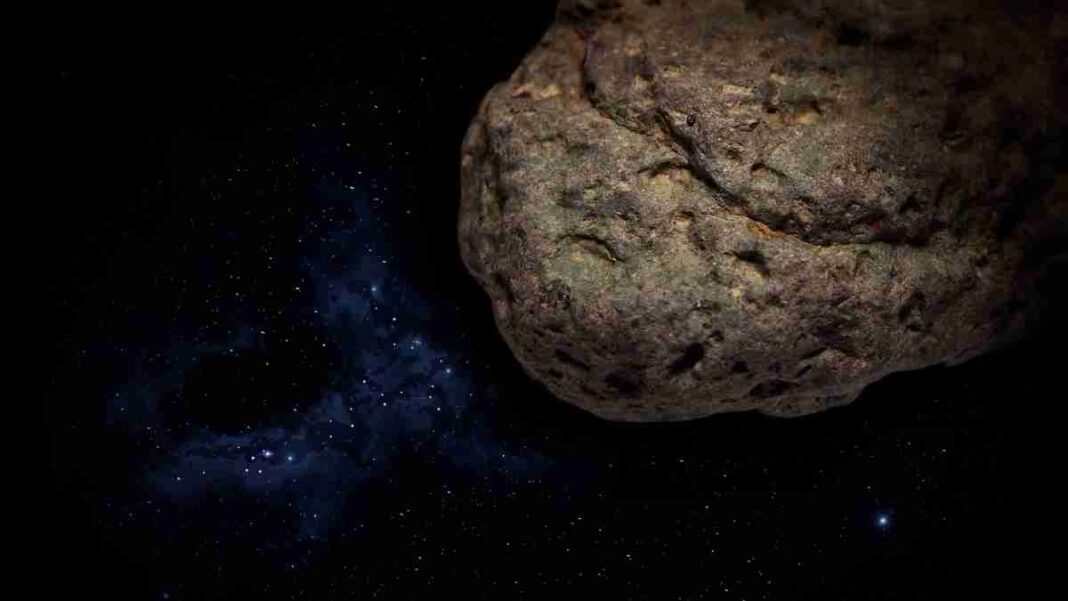JAPAN: Scientists at Kobe University in Japan have measured the cohesive force of asteroid particles. These measurements are important for understanding how planets evolve and change over time.
A new report in Science Advances shows that the force that holds asteroid particles together is orders of magnitude smaller than was thought. This is why asteroid surface particles were found to be very mobile during space exploration.
Using a motor and pestle, the research team used the centrifugal method to break up Allende and Tagish Lake carbonaceous chondrites into pieces with well-defined surface structures.
They also used optical, confocal laser scanning, and atomic force microscopy to look at the tiny surface structures of meteorite fragments.
The researchers found that the cohesive force of the Allende fragments was several times greater than the Tagish Lake fragments.
They also discovered that the cohesive force per fragment was smaller than previously assumed, indicating the mobility of the particles on a small asteroidal body.
The team further studied the mobility of particles in a small asteroidal body relative to the pressure needed to overcome the forces of gravity and adhesion and obtained values lower than expected.
Such evidence for mass transfer was mutual to the asteroids Itokawa, Ryugu, and Bennu, validating the theoretical estimates made in the study.
This research provides significant information about the earliest period of the solar system’s history, offering insights into the formation of planets and planetary embryos.
Meteorites that reach Earth from space are pieces of asteroids and provide detailed insight into the cohesive and adhesive forces underlying the solar system’s origin.
The primary asteroid belt between Mars and Jupiter represents the remnants of the inner solar system’s early proto-planetary and planetary embryo population.
The cohesive force measurements of meteorite fragments conducted by Yuuya Nagaashi and his colleagues at Kobe University in Japan offer a better understanding of the forces of cohesion and adhesion underlying the accumulation of grains within a dusty layer to form clumps that accumulate solid matter in large-scale planetesimals.
Such bodies eventually grew rapidly to form embryonic planets. The findings of this research provide a significant contribution to the understanding of the formative process of the solar system, which researchers can gather from the evidence obtained from meteorites and via telescopic investigations of asteroids.
The work described here is aimed at figuring out how the forces of cohesion and adhesion led to the formation of the solar system. This will shed new light on Earth’s and the solar system’s early history.
Also Read: Scientists Develop ‘StarCrete’: A New, Stronger Material for Building on Other Planets



